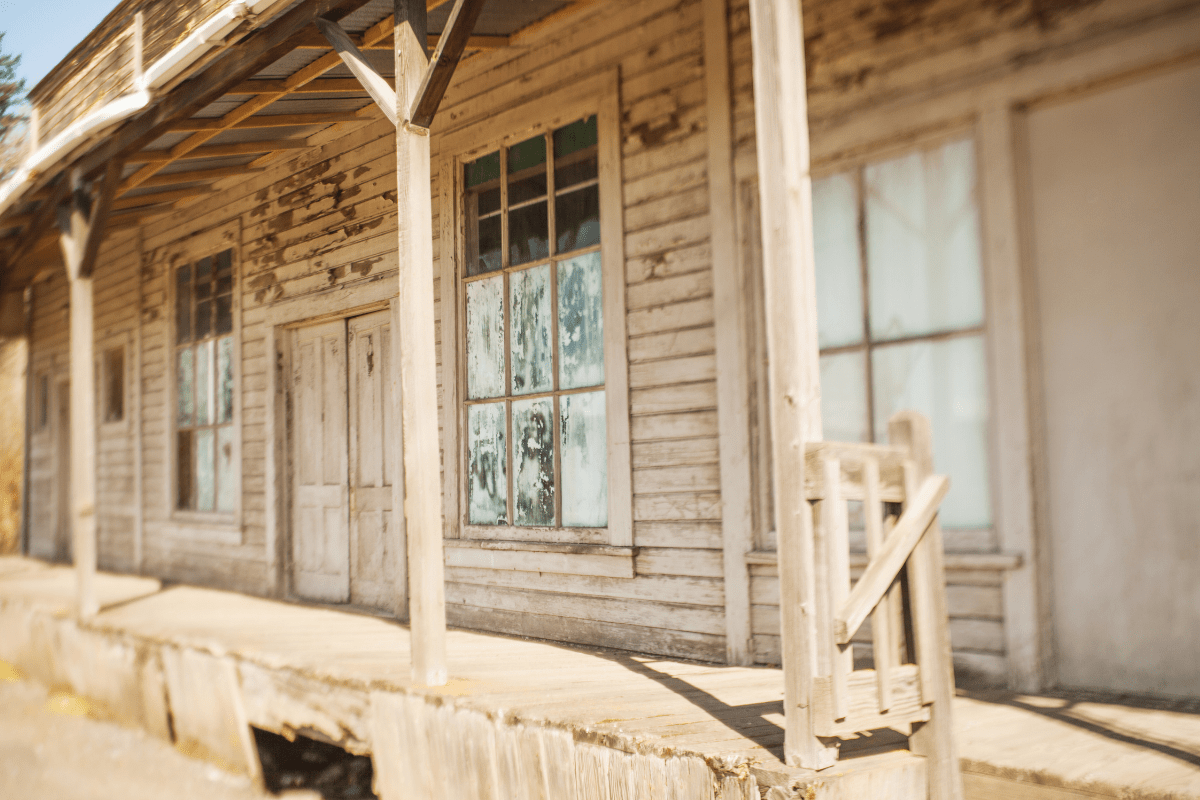So you're thinking about buying a home in Tacoma? Smart move—you'll get way more house for your money than in Seattle, plus you won't have to sell a kidney to afford a decent neighborhood. Whether you're a first-time buyer wondering if that $421,000 South Tacoma starter home is worth it, or you're eyeing those million-dollar water views in Old Town, this guide breaks down exactly what you're getting into with each neighborhood.
The real deal on Tacoma's market right now
Let's start with the numbers that actually matter to your bank account. Tacoma's median home price sits at around $495,000, which sounds like a lot until you realize Seattle's median is $840,000. That's a 40% discount for being willing to drive an extra 30 minutes—or take the train once they finish that light rail extension in 2035 (yes, that's a decade away, but we'll get to that).
The market's still pretty hot, with homes selling in 11-21 days and multiple offers being the norm. There's only about one month of inventory available, which means if you find something you like, you better move fast or some cash buyer from California will swoop in. The good news? Real estate pros are projecting 4-6% annual appreciation through 2026, which is healthy but not insane like the pandemic years when everyone lost their minds.
Here's what different neighborhoods will cost you:
The fancy pants areas:
- Stadium District: $1.095 million
- Old Town: $1.036 million
- Proctor District: $673,000-$700,000
The middle ground:
- West End: $630,000
- Hilltop: $525,000 (but rising fast)
- Eastside/McKinley: $458,000-$470,000
The budget-friendly zones:
- South Tacoma: $421,000
- Downtown condos: $415,000
- Lincoln District: Varies widely
North End: Where the doctors and lawyers live
The North End is Tacoma's crown jewel, where tree-lined streets, historic homes, and water views create the kind of neighborhoods that make other cities jealous. These areas command the highest prices in Tacoma for good reason—they've got the best schools, lowest crime rates, and that intangible "established neighborhood" feel that new developments can't replicate. You're basically paying for the Tacoma that's been featured in magazines, complete with front yard gardens that neighbors actually compliment and block parties where people show up.
Stadium District stands alone
If you've got deep pockets and want to live in what's basically a living history museum, Stadium District is your spot. With a median of $1.095 million, you're paying for the privilege of owning a home where 80% of the houses were built before your grandparents were born. The neighborhood's centered around Stadium High School, which you might recognize from "10 Things I Hate About You"—yes, that castle-looking school is real and your kids could actually go there.
The schools here are legitimately good, with Stadium High earning an A- from Niche, which is basically the Yelp of schools but actually useful. Crime is about half the city average at 4,176 incidents per 100,000 residents, so you can probably leave your Amazon packages on the porch without creating a neighborhood Facebook drama about porch pirates.
Proctor District: The Goldilocks choice
Proctor District hits that sweet spot between "I want North End vibes" and "I don't have a million dollars." At $673,000-$700,000 median, you get tree-lined streets, a Saturday farmers market that runs March through December, and Metropolitan Market—which is basically Whole Foods but local and somehow even more expensive.
The real win here is Mason Middle School, ranked #1 in the district. Parents literally move here just for the schools, then stay for the walkable main street where you can grab coffee, hit up the historic Blue Mouse Theatre, and bowl at Washington's oldest bowling alley (because apparently that's a thing). The Walk Score of 56 means you can actually walk to stuff, which in Tacoma counts as practically urban.
Old Town: Pay for the view, stay for the restaurants
Old Town will set you back about $1.036 million, but here's the thing—almost every house has water views. We're talking Commencement Bay, Mount Rainier, the Olympics, the whole Pacific Northwest postcard deal. Those views can add $200,000-$500,000 to a home's price, which sounds insane until you wake up to that vista with your morning coffee.
You can't actually buy waterfront here (thanks, railroad tracks), but you can walk to Ruston Way's waterfront trail and pretend you're training for a marathon while really just heading to Duke's Chowder House for happy hour. This is Tacoma's birthplace from 1863, so you get serious history along with those views.
Central Tacoma: Where things get interesting
Central Tacoma is where the city's transformation is most visible—a mix of established neighborhoods rapidly changing and new development trying to create instant community. These areas offer more affordable entry points than the North End, but you're betting on the neighborhood's trajectory rather than its current state. It's perfect if you want to be part of Tacoma's evolution, though you'll need to be comfortable with some rough edges and the occasional "interesting" neighbor.
Downtown brings the urban life
Downtown Tacoma offers something different—actual city living in a mid-sized city. Condos here average $415,000, and you get Tacoma's highest Walk Score of 83, meaning you can actually walk to get groceries without it being a whole expedition.
The Museum District alone makes downtown worth considering. You've got six world-class museums, including the Museum of Glass where you can watch artists blow glass in real-time (way cooler than it sounds). Plus, the Tacoma Link light rail is free—literally free—and connects you to most of downtown. UW Tacoma brings college energy and decent restaurants to Pacific Avenue, though you'll want to be selective about which blocks you choose. Crime can be higher here, and not every building is created equal.
Hilltop: Gentrification ground zero
Hilltop is changing so fast it's giving residents whiplash. Homes that sold for under $300,000 in early 2024 now command $525,000—that's an 18% jump in one year. The new light rail extension opened in September 2023, and suddenly everyone wants in.
Here's the uncomfortable truth: this historically Black neighborhood is gentrifying rapidly. The African American population dropped from 60% in 1970 to 21% by 2020, and 45% of current residents are housing cost-burdened, spending more than 30% of their income on housing. The schools aren't great either—Hilltop Heritage Middle scores just 3/10—but the district's 91% graduation rate shows they're doing something right. If you're buying here, you're essentially betting on continued transformation. Just be aware you're part of a complicated story.
Lincoln International District keeps it real
The Lincoln District, centered on South 38th Street, offers a completely different vibe. This is Tacoma's International Business District with 755 businesses, most Vietnamese-owned, creating an authentic Asian corridor with killer pho and annual Tết celebrations that put your neighborhood BBQ to shame.
Residents describe it as "living with family members," which either sounds amazing or terrifying depending on your relationship with your actual family. Schools are challenging (Lincoln High gets a 2/10), but you're close to both I-5 and Highway 16, and you can get authentic bánh mì without driving to Seattle. Prices vary wildly here depending on the specific block, so do your homework.
The outer neighborhoods: Where your money goes furthest
These neighborhoods might not have the North End's prestige or downtown's walkability, but they offer something equally valuable: space, affordability, and genuine community. You'll need a car for everything, but you'll also get a real yard, neighbors who actually know your name, and mortgage payments that don't require a second job. Perfect for families, first-time buyers, or anyone who thinks paying a million dollars for a house is fundamentally insane.
South Tacoma: The practical choice
South Tacoma emerges as the winner for pure affordability at $421,000 median. It's perfect if you work at Joint Base Lewis-McChord or need easy I-5 access for commuting. You get real diversity in housing stock—everything from 1920s Craftsman homes to new construction—plus two massive parks: Wapato Park's 80 acres and Swan Creek Park's 372 acres of actual forest.
The city's got big plans for South Tacoma Way between 47th and 58th Streets, with mixed-use development that might actually make it walkable someday. Just know that crime rates are higher here, especially around South Hosmer Street's 84th-90th blocks. But hey, for these prices, you can afford a really good security system.
West End: The sleeper hit
At $630,000 median, West End costs more than other outer neighborhoods but delivers on the safety front—crime here is 46.6% lower than Tacoma's average. You're basically paying for peace of mind and proximity to Point Defiance Park's 760 acres, which includes a zoo, beaches, and old-growth forest that makes you forget you're in a city.
The Tacoma Narrows Bridge gets you to Gig Harbor in 15-20 minutes, though the toll will run you $105 monthly if you commute regularly. Waterfront properties along Titlow Beach offer those million-dollar views at (slightly) less than million-dollar prices. The Westgate Shopping Center handles your Target runs, while Pearl Street offers actual local businesses.
Eastside/McKinley Hill: The community champion
Eastside, particularly McKinley Hill, offers solid value at $458,000-$470,000 with something money can't usually buy: genuine community spirit. The annual McKinley Avenue street fair draws 20,000 people, and when organizers ask for volunteers, over 100 show up. That's either heartwarming or your worst nightmare if you hate mandatory fun.
You get bigger lots here, diverse architecture from Victorian to brand new, and easy access to multiple highways. McKinley Park's 26 acres gives kids room to roam, while local spots like Dusty's Hideaway and Top of Tacoma create actual neighborhood gathering places where regulars know each other's names.
Making sense of schools and commuting
The school situation in Tacoma is… complicated. North End schools are genuinely good—Stadium High's A- rating, Mason Middle at #1 in the district, and Washington Elementary with 62% math proficiency versus the state's 40%. But venture into other neighborhoods and things get spottier. The district averages just 33% math proficiency, though they've hit a record 91.1% graduation rate, which shows improvement.
If schools are your top priority and you can't afford the North End, consider University Place next door. It's got consistently better schools plus the area's only Whole Foods and Trader Joe's, because apparently grocery stores are how we measure civilization now.
For commuting, here's your reality check:
- Sounder train: 62 minutes to Seattle
- Driving: 35 miles of I-5 roulette
- Future Link rail: 70 minutes (coming 2035)
- Current buses: Hourly service that works
The Tacoma Dome Link Extension will be a game-changer when it opens in 2035, connecting Tacoma to Seattle's light rail network. Properties near future stations are already seeing speculation, so if you're thinking long-term, proximity to transit should factor into your decision.
The bottom line on buying in Tacoma
After all this, here's my honest take: Tacoma offers genuinely good value if you pick the right neighborhood for your situation. The North End is expensive but delivers on every metric that matters. Central neighborhoods are transforming rapidly—great for investors, complicated for communities. Outer neighborhoods give you the most space for your money but require car dependence.
With 4-6% appreciation projected and Seattle prices remaining astronomical, Tacoma makes sense for anyone who doesn't need to be in Seattle proper. Just remember that 168% appreciation over the past decade means this window won't stay open forever.
The best advice? Pick based on your actual life, not investment potential. Need great schools? North End or University Place. Want urban amenities? Downtown or Stadium District. First-time buyer? South Tacoma or Eastside. Just want a decent house with a yard where you can have a dog and a garden? Any outer neighborhood will do.
Tacoma's not Seattle, and that's exactly the point. It's a real city with real neighborhoods, real problems, and real potential. The question isn't whether Tacoma is good enough—it's whether you're ready to be part of what it's becoming.





